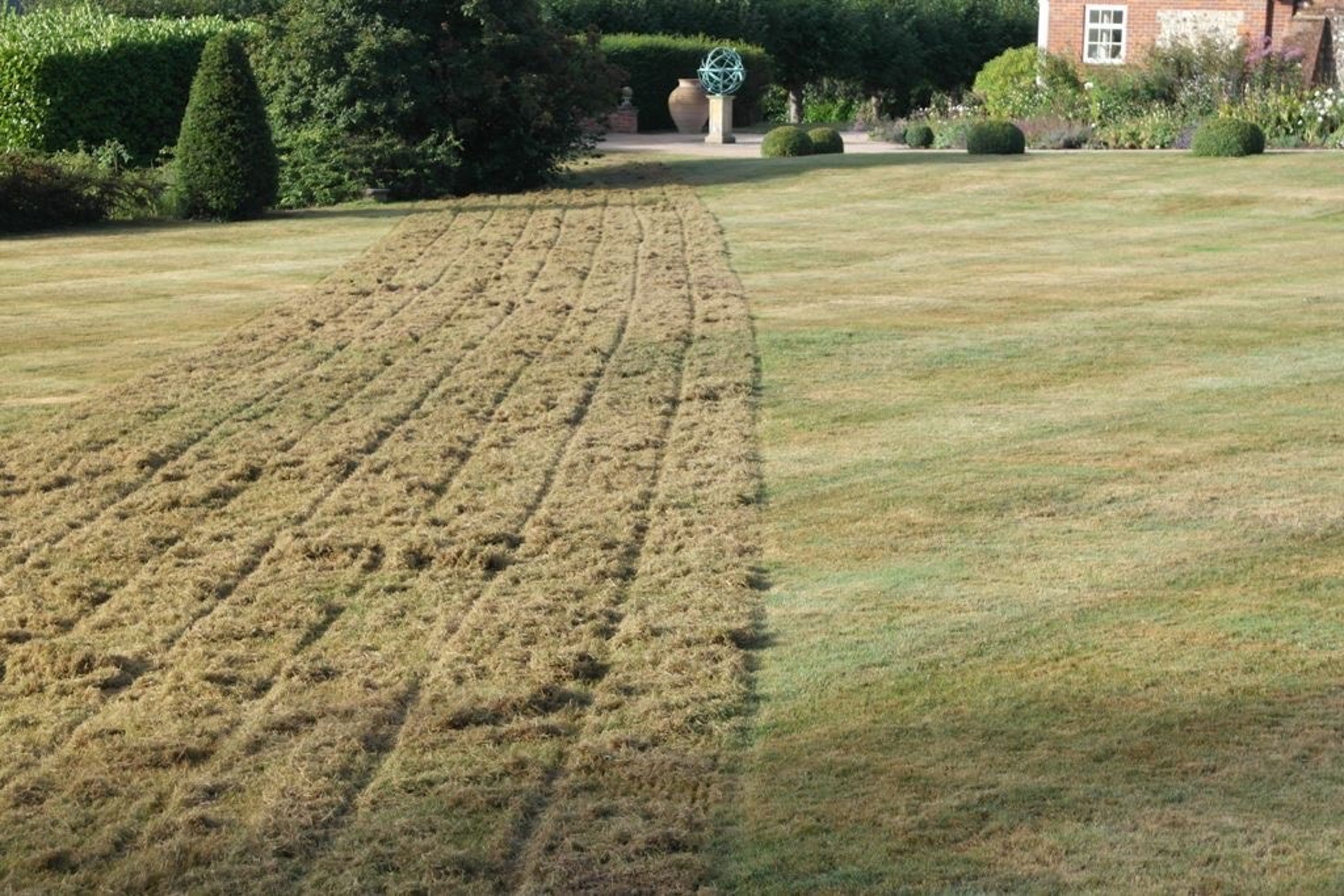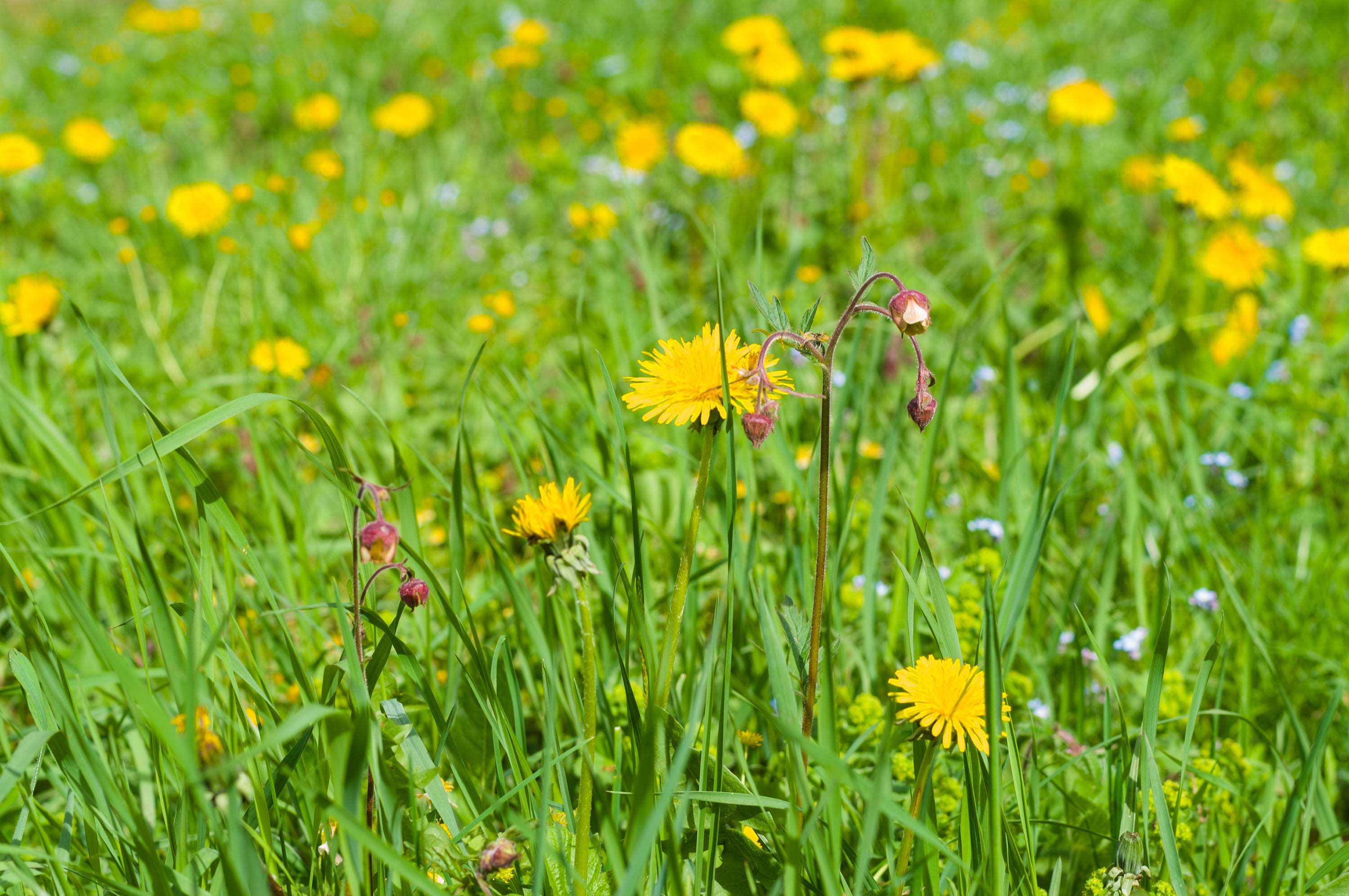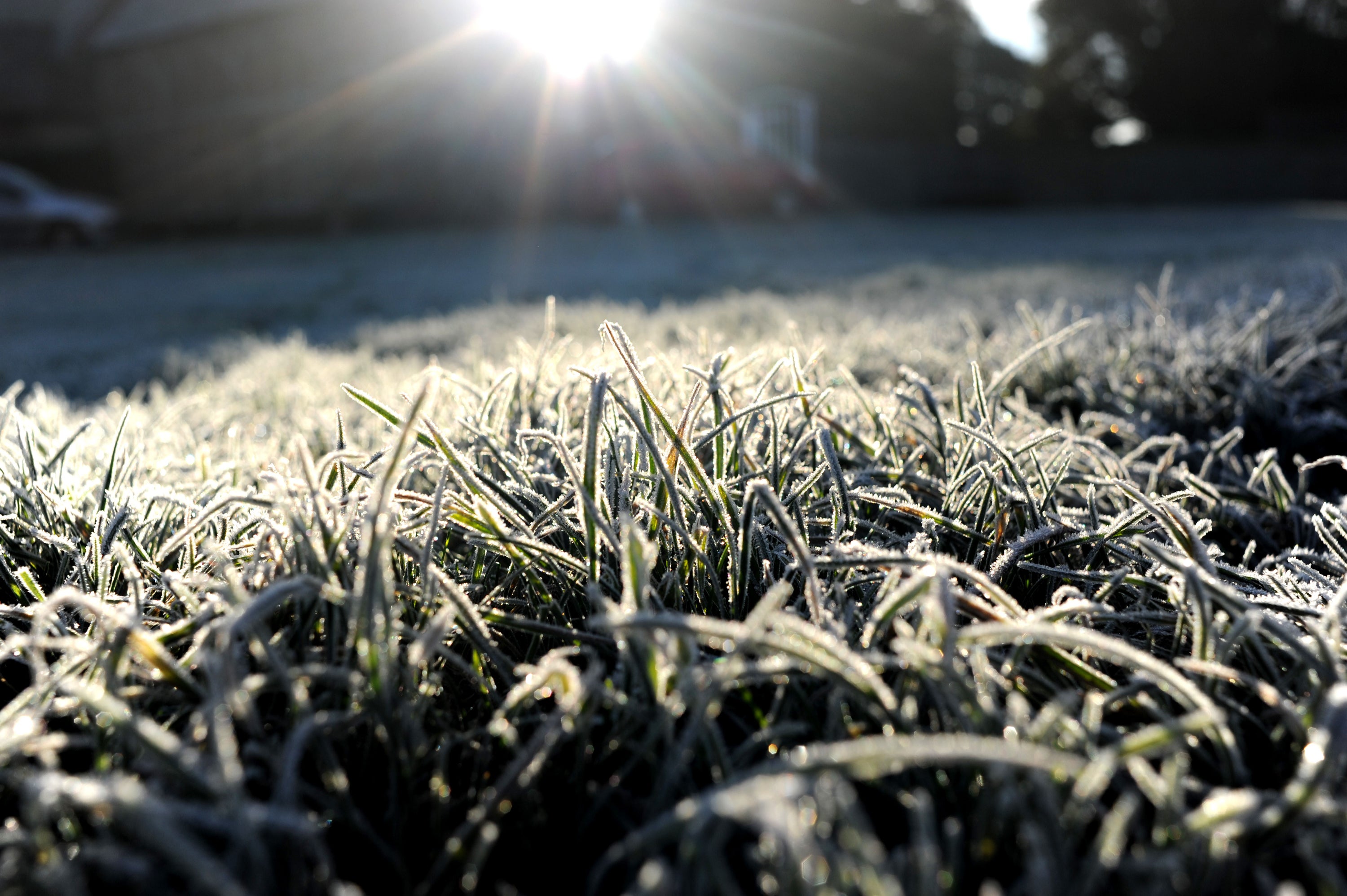Your month-by-month guide to keep your lawn looking lush
Here’s how to follow a lawn calendar

If you want your lawn to look great this year, now is the time to plan ahead and take action, whether you want a family play area, a bowling green finish or a haven for wildlife.
Whichever type of lawn you choose, there are things you can do that are eco-conscious, says David Hedges-Gower, lawn consultant and chairman of the Lawn Association.
“Contrary to common belief, sustainable lawn care doesn’t entail constant over-seeding or the regular use of environmentally damaging fertilisers and herbicides,” he stresses.
“It’s not about reacting to problems but preventing them, with strategic, nature-aligned interventions. Nature holds the blueprint for resilient lawns and healthy soils. It’s about understanding and mimicking these natural processes while minimising human intervention.”
Choose the right lawn seed
The key lies in selecting the right plants – native grasses that spread over quick-growing, non-adaptive varieties like ryegrass, he maintains.
“Native plants are better equipped to withstand droughts and require less artificial intervention.”

Create natural resilience
Enhancing water storage capability in our soils is crucial, he advises. “Simply aerating with a garden fork won’t cut it; it requires hollow tine aeration (and no sand) to alter soil structure.”

Control weeds naturally
Native grasses naturally outcompete weeds, he says, reducing the need for herbicides that harm both soil and plants.
Follow a lawn calendar
An example of a lawn calendar
January-February: Begin by hollow tine aerating to aid soil health. Let nature take its course. For a small lawn you can use a hollow tine aerating fork (to make holes in the area to relieve compaction and aid drainage) or for a large one you may have to hire a machine.
Keep debris off the lawn, as remaining leaves damage the lawn and encourage disease, and don’t walk on the lawn when it’s frosty because you’ll damage it.
Winter is also a good time to carry out repairs, levelling out uneven surfaces and replacing poor grass patches with new turf, as well as straightening wonky lawn edges.
March-April: Correct winter-induced damage by pruning or scarifying. You may want to control moss, which competes with grass, whether a traditional lawn or a wild flower meadow.
Use a spring-tine rake – or a mechanical scarifier for larger areas – to scarify in March, April, September and October, giving your lawn a ‘spring clean’ to encourage new growth before summer.
After scarifying, apply a moss treatment but keep it light to avoid scorching, and follow it with a good balanced feed. Hedges-Gower recommends sustainable feed such as True Grass, which is made from recycled food waste that both nourishes and conditions soil.
Focus on nurturing native grass growth that will soon fill in all those gaps and be ready to mow the lawn with the blades initially at their highest, lowering them gradually as you mow more often.
May: Now may be the last chance to use natural weather patterns before warmer weather can require tap water usage. It’s the last opportunity to scarify, aerate, feed, or seed to reduce water dependence and create optimal soil water storage. If you are feeding, avoid feeds with a high iron content and lawn sands as they can scorch the grass when it’s dry.
Weeds will have sprung up – and it’s up to you if you want to remove them, as some are magnets for pollinating insects.
June-August: With your proper groundwork laid, regular organic feeding and mowing should maintain lawn density. Automated mowers are the best to help create this, with no carbon footprint or personal effort required.
During these months, keep the lawn clear of debris and rotate garden furniture to avoid stressing the grass in particular places.
September-October: It’s a good time to address thatch once again and rebalance soil issues caused by droughts or wet summers, through hollow tine aeration, fill bare spots and patches to fortify the lawn before winter. Carry out repairs once the lawn isn’t being used as often and if you are scarifying to remove moss, apply a balanced autumn feed afterwards.
You can start to mow less regularly as growth slows down in the autumn.
November-December: Prepare for winter by managing fallen leaves, maintaining regular mowing, albeit winding it down, and maximising photosynthesis through regular leaf blowing or raking, which saves grass plants from suffocation of light and air.
Hedges-Gower says that sustainable lawn care isn’t merely about having a ‘green’ lawn, but about harmonising with the natural cycles.
“It’s a year-round commitment to minimal intervention, utilising nature’s mechanisms to maintain a healthy lawn without burdening the environment.”
Join our commenting forum
Join thought-provoking conversations, follow other Independent readers and see their replies
Comments
Bookmark popover
Removed from bookmarks